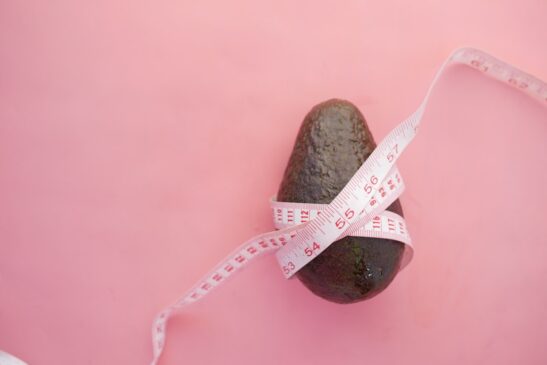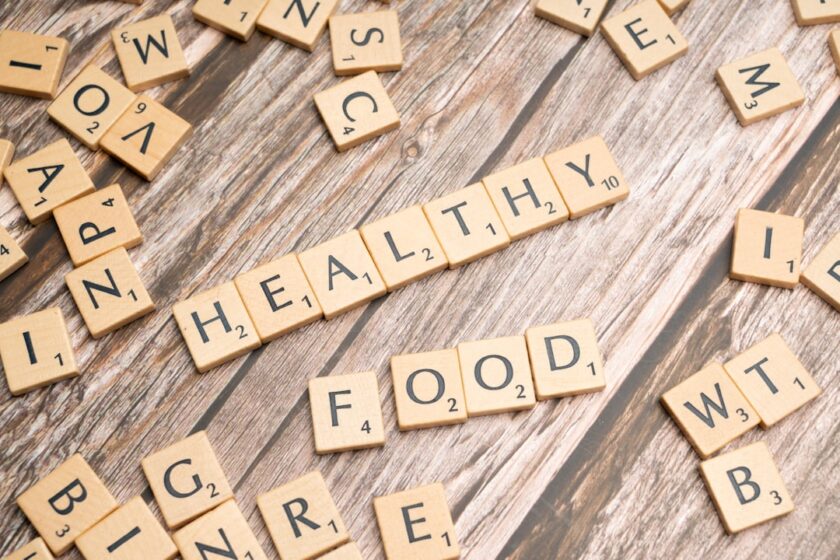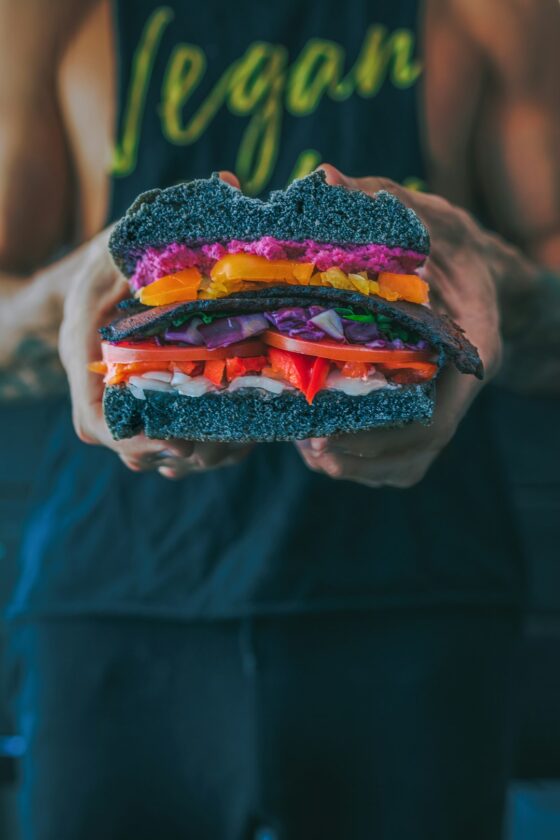What is a Balanced Diet?
A balanced diet is one that provides all the nutrients your body needs to function optimally. It includes a variety of foods from different food groups in the right proportions, ensuring you obtain essential vitamins, minerals, proteins, carbohydrates, and fats.
Key Components of a Balanced Diet
- Fruits and Vegetables: Aim for at least five servings a day, focusing on a rainbow of colors for a variety of nutrients.
- Whole Grains: Choose whole grains like brown rice, quinoa, oats, and whole grain bread for fiber and energy.
- Proteins: Incorporate lean meats, fish, eggs, legumes, and plant-based proteins such as nuts and tofu.
- Dairy (or Alternatives): Opt for low-fat options like yogurt and milk or fortified plant-based alternatives.
- Healthy Fats: Include sources of unsaturated fats such as olive oil, avocados, and fatty fish.
How to Create Your Balanced Diet
Creating a balanced diet involves several steps. Here’s a comprehensive guide to help you get started:
Step 1: Assess Your Nutritional Needs
Before you can begin crafting your diet, it’s essential to assess your individual nutritional needs based on:
- Age
- Gender
- Activity Level
- Health Conditions
For personalized advice, consider consulting with a registered dietitian.
Step 2: Plan Your Meals
Meal planning can significantly improve your diet quality. Follow these steps:
- Choose Your Foods: Select a variety of food from each group. Keep seasonal and local produce in mind for variety and freshness.
- Create a Weekly Menu: Draft a menu based on your chosen foods. Include breakfast, lunch, dinner, and snacks.
- Make a Shopping List: Write down all ingredients you need to avoid impulse buys at the store.
Step 3: Portion Control
Understanding portion sizes is essential for maintaining a balanced diet. Here are some general guidelines:
- Fruits and Vegetables: Fill half your plate with these at each meal.
- Proteins: Portion meat or fish should be about the size of your palm.
- Grains: A serving of grains should be about the size of a cupped hand.
Tips for Maintaining a Balanced Diet
Sticking to a balanced diet can be challenging, but these tips can help:
- Stay Hydrated: Drink plenty of water throughout the day. Herbal teas and infused water are good alternatives.
- Mindful Eating: Pay attention to your hunger and fullness cues. Avoid distractions like screens during meals.
- Healthy Snacking: Opt for nutritious snacks like nuts, yogurt, or fruit instead of processed snacks.
Common Dieting Myths
When discussing diets, various myths may arise. Here are some common ones debunked:
- Carbs are Bad: Carbohydrates are a vital energy source; focus on complex carbs.
- Fat Makes You Fat: Healthy fats are necessary for hormone production and nutrient absorption.
- All Calories are Equal: Nutrient-dense foods help your body function better than empty calorie foods.
Examples of a Balanced Diet Menu
Here’s a simple one-day balanced diet menu to illustrate your planning:
Breakfast
- Oatmeal topped with berries and walnuts
- A glass of low-fat milk
Lunch
- Grilled chicken salad with mixed greens, cherry tomatoes, cucumber, and vinaigrette
- A brown rice side
Dinner
- Baked salmon with herbs
- Quinoa and steamed broccoli
Snacks
- Carrot sticks with hummus
- An apple or pear
Monitoring Your Progress
As you embark on your journey to a balanced diet, consider tracking your food intake and how you feel. Apps or food diaries can help with this process.
Evaluate Regularly
- Weekly check-ins: Reflect on your energy levels, cravings, and overall well-being.
- Adjustments: Be prepared to adjust your meal plan as you learn what works for you.
Final Thoughts
A balanced diet is a foundational aspect of a healthy lifestyle. It requires planning, adjustment, and mindfulness but leads to lasting benefits in your health and wellness. Remember, it’s about progress, not perfection!



